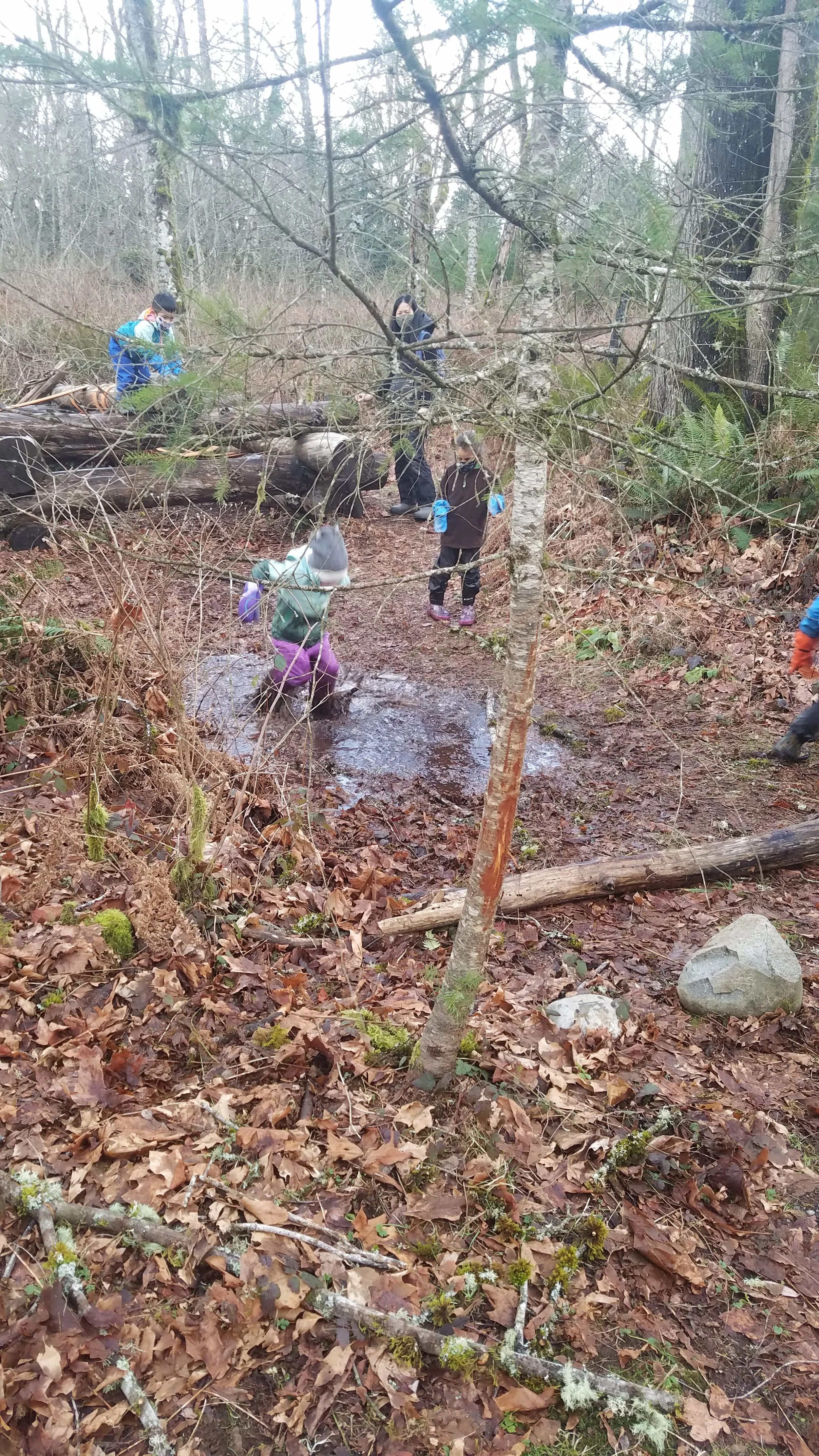After this course, you will be able to:
explain the benefits of outdoor play & learning for both adults and children
identify at least 2-3 outdoor play & learning options, both for yourself and your students
assess and begin to address barriers to outdoor play & learning at your school or program
Course Overview.
This course covers some of the many mental and physical benefits you’ll experience from taking play & learning outside, as well as ways that learning and development outcomes are enhanced. Finally, we also explore some of the very real barriers to equitable access, and we look at ways to address those barriers.
Taking play & learning outdoors does not require a forest or an expansive wild space. Nearby nature offers many opportunities to engage meaningfully with nature and natural elements no matter where you’re located. That said, there is so much evidence to support the “greening” of schoolyards. You are encouraged to learn more about the research-based best practices that inform the work being done by Green Schoolyards America. They are inspiring and supporting “systems change to transform asphalt-covered school grounds into living schoolyards that improve children’s well-being, learning, and play, while strengthening their communities' ecological health and climate resilience.”
If you want support with a play-space makeover, let’s begin a conversation about things you can do in your unique outdoor learning space(s) to start transforming your schoolyard, as well as how to incorporate more natural materials with ease, both indoors and out.
-
Before you go any farther, take out a pen and paper and set a timer for 10 minutes. Write, without censoring yourself, all the reasons you want to increase time spent outdoors with your students.
Maybe you dream of planting a school garden; or perhaps you want students to know more about the land and other living beings; maybe you want to support everyone’s physical health and mental wellbeing… there are so many good reason to increase active play and learning outdoors. Begin with what’s most important to you.
This training was produced as part of the PLAY Study, a research grant awarded by the National Institutes of Health to Dr. Pooja Tandon at Seattle Children's Research Institute.
The PLAY Study uses wearable technology to monitor physical activity in children, as well as motivate parents and early childhood educators to help create active play opportunities and shared accountability about this important health behavior.
Get the most out of this course by exploring the Additional Resources in each Lesson!
-
Learn more about the tribes native to the land where you live: native-land.ca
Explore resources and initiatives from Green Schoolyards America




